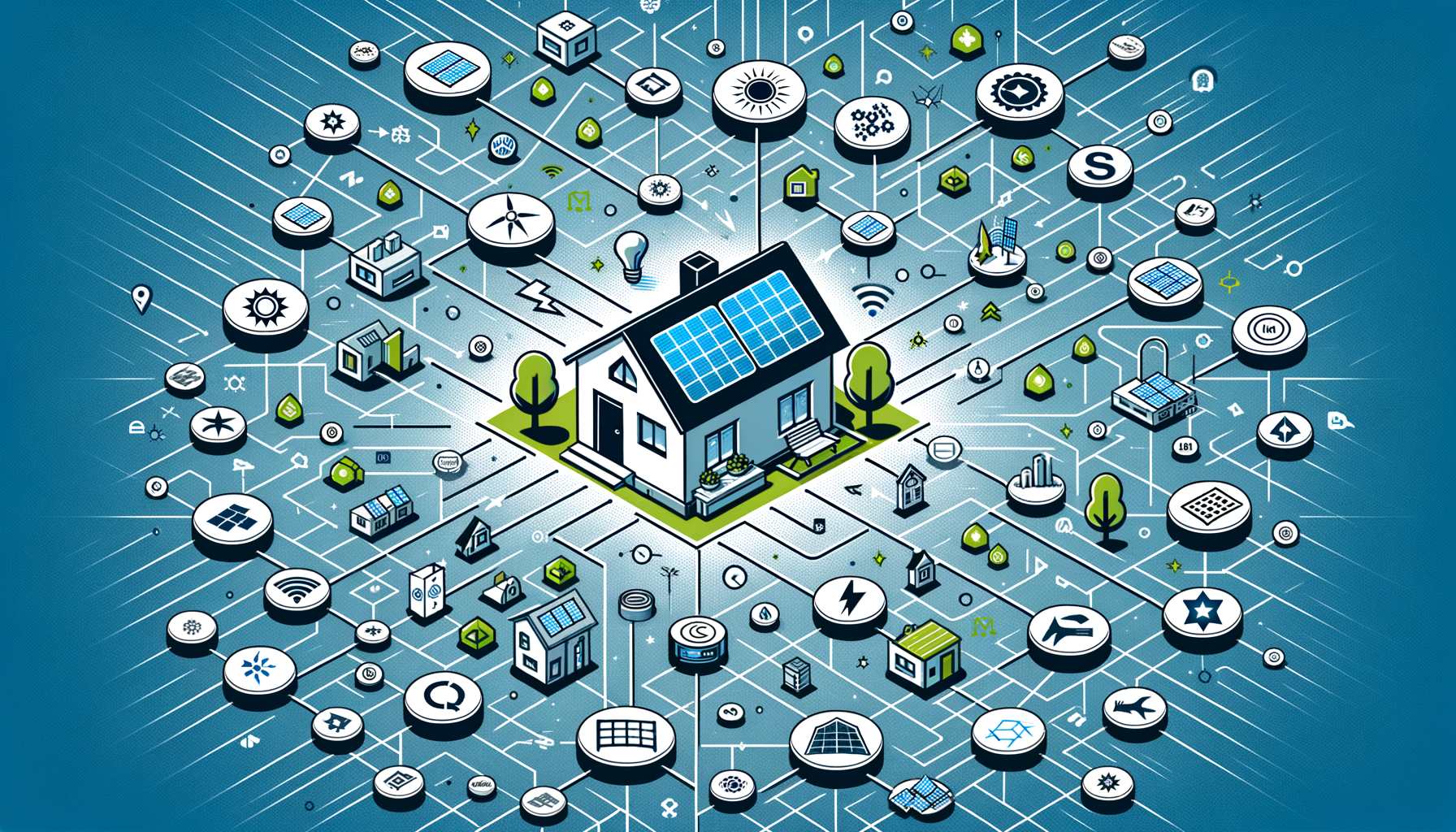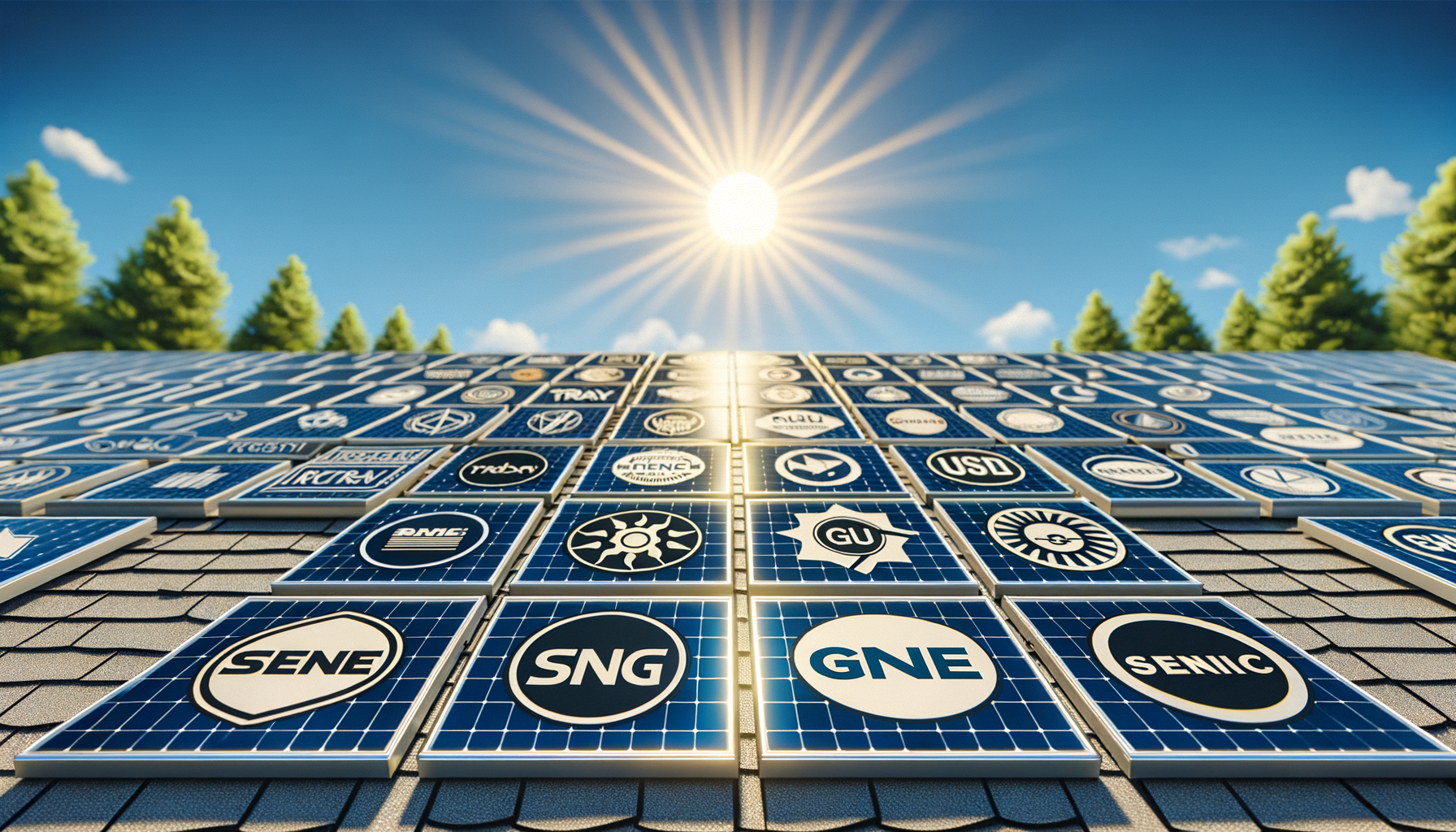Navigating Solar Incentives: How to Benefit from Government-Assisted Solar Panel Installation in 2023

Updated 4 months ago
Navigating Solar Incentives: How to Benefit from Government-Assisted Solar Panel Installation in 2023
As the world becomes more environmentally conscious, homeowners across the United States contemplate transitioning to solar energy to power their homes. Given the initial investment required for solar installations, it's essential to understand the opportunities for governmental assistance. Many homeowners aspire to acquire solar panels in hopes of reducing electricity bills and carbon footprints, but the question stands: Are free solar panels from the government genuinely attainable?
The Facts About "Free" Solar Panels
While the concept of absolutely free solar panels is more myth than reality, various federal, state, and local programs can drastically reduce the cost and make solar energy systems much more attainable. However, identifying legitimate offers from misleading promotions is crucial to avoid pitfalls and scams.
Federal Solar Incentives and Policies
The federal government currently offers a 30% solar investment tax credit (ITC) available for installations completed between 2022 and 2032. This substantial incentive can see thousands of dollars shaved off the installation cost, making it an attractive starting point for potential solar adopters. It’s vital to meet all eligibility criteria and to remember that tax credits reduce your tax bill rather than the upfront cost of your system.
State and Local Solar Initiatives
State and local governments frequently provide their own sets of incentives, from additional tax credits to rebate programs. These incentives vary widely and are tailored to the specific climatic and economic conditions of each region. Solar renewable energy certificates (SRECs), net metering, and property tax exemptions are state-specific incentives that can provide ongoing financial benefits beyond the initial installation phase.
Income-Qualified Subsidy Programs
For those with limited means, targeted solar subsidy programs offer options that may cover a complete solar installation. Income-qualified residents should investigate local programs for eligibility and be diligent in ensuring these programs' validity through official channels.
Understanding Solar Financing Options
The pathway to solar doesn’t end with subsidies. Various financing options can help bridge the gap between incentives and the total cost of a solar energy system. Here’s how you could finance your solar project:
Solar Loans
Solar loans allow homeowners to finance the purchase and installation of a solar system much like a car or a home mortgage. With competitive interest rates, solar loans can be an appealing way to own your system outright while spreading the cost over several years.
Leasing Programs
Leasing a solar system involves a regular payment to a solar provider in exchange for the benefits of the electricity generated. While this reduces upfront costs, keep in mind lease payments and the fact that you won’t be eligible for tax credits or incentives that are available to solar owners.
Power Purchase Agreements (PPA)
A PPA is an agreement to purchase the power generated by solar panels installed on your property. Like leasing, this option can provide access to solar energy with little or no upfront cost. However, a close reading of the agreement terms is essential to ensure you truly benefit from the arrangement.
Determining Your Best Option
When considering how to finance your solar installation, consider:
- The total net cost after incentives: Combine federal, state, and local incentives to understand your total out-of-pocket expenses.
- The long-term savings: Analyze how much solar panels will reduce your energy bills over time versus the cost of financing.
- Ownership benefits: Owning your system can increase your home’s value and provide the opportunity to sell SRECs for additional income.
Evaluating these factors will aid in making an informed decision tailored to your financial circumstances and energy goals.
Navigating the Process
Selecting a solar provider is a critical step in ensuring a successful installation. Here are some tips for evaluating providers and offers:
- Read reviews and check credentials: Look for customer feedback and verify the company’s certifications with reputable organizations like the North American Board of Certified Energy Practitioners (NABCEP).
- Get multiple quotes and compare: Engage with several solar providers to compare costs and financing offers.
- Understand your warranty and maintenance: Check the length and coverage of your warranty and ask about ongoing maintenance requirements.
Frequently Asked Questions (FAQs)
Can I really get free solar panels from the government?
While the government doesn’t give out solar panels for free, incentives and assistance programs significantly reduce costs and sometimes cover full installations for qualified households.
How do I qualify for solar incentives?
Qualifications vary by program but often include criteria concerning income levels, geographic location, and tax liability. Always verify program details through official sources.
Should I own or lease my solar panels?
Owning solar panels lets you benefit from all available incentives and increases the value of your property. Leasing can offer reduced energy costs without the responsibilities of ownership.
What is the federal solar tax credit?
The federal solar tax credit is a tax reduction worth 30% of your solar installation costs, available until 2032.
How can I check if a solar incentive or company is legitimate?
Verify through government websites (.gov), check for certifications like NABCEP, and consider third-party reviews.
Conclusion
While "free" solar panels from the government may be a myth, significant savings are no fairy tale. With the right knowledge and resources, you can harness the power of the sun to bring energy independence and sustainability to your doorstep—all while enjoying considerable cost savings through solar incentives, financing options, and smart consumer decisions.
Remember, going solar is an investment in your future and the planet's. So before diving in, make sure you have all the information—and incentives—at your fingertips to make solar energy a viable and rewarding addition to your home.
Illuminate Your Home with Solar Energy



Remember, every solar journey is unique, so take the time to explore and compare options that best suit your home and lifestyle, but don't navigate this alone—tap into our expert insights and let us guide your path to solar savings today!




